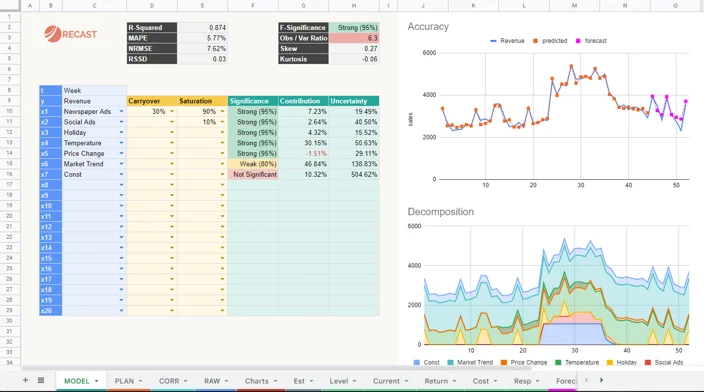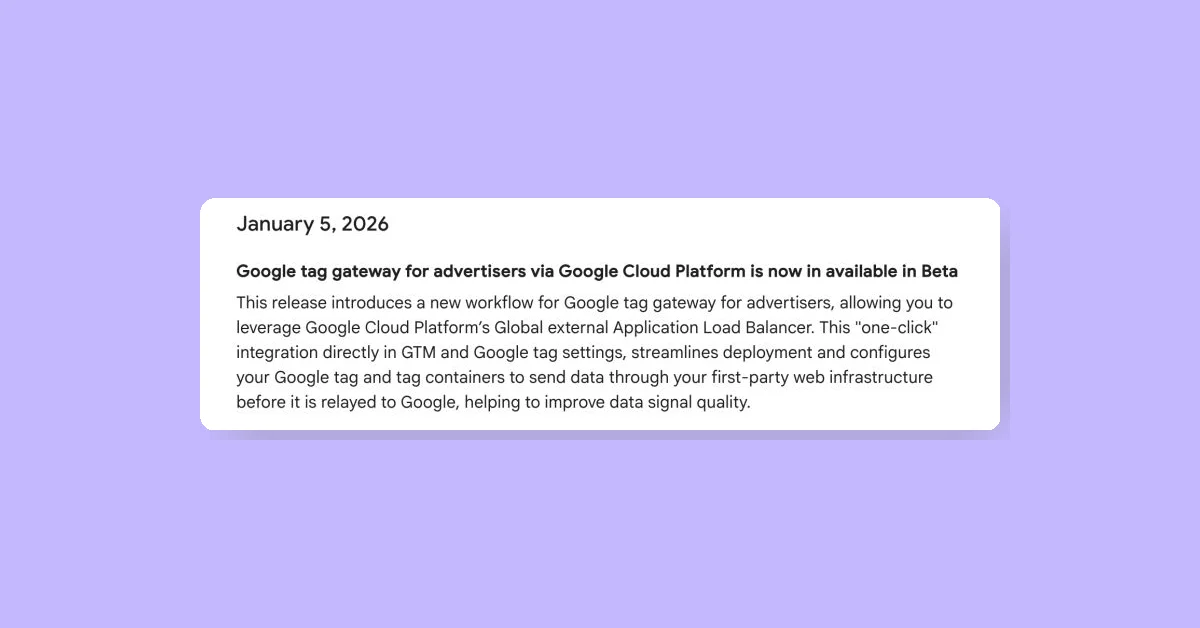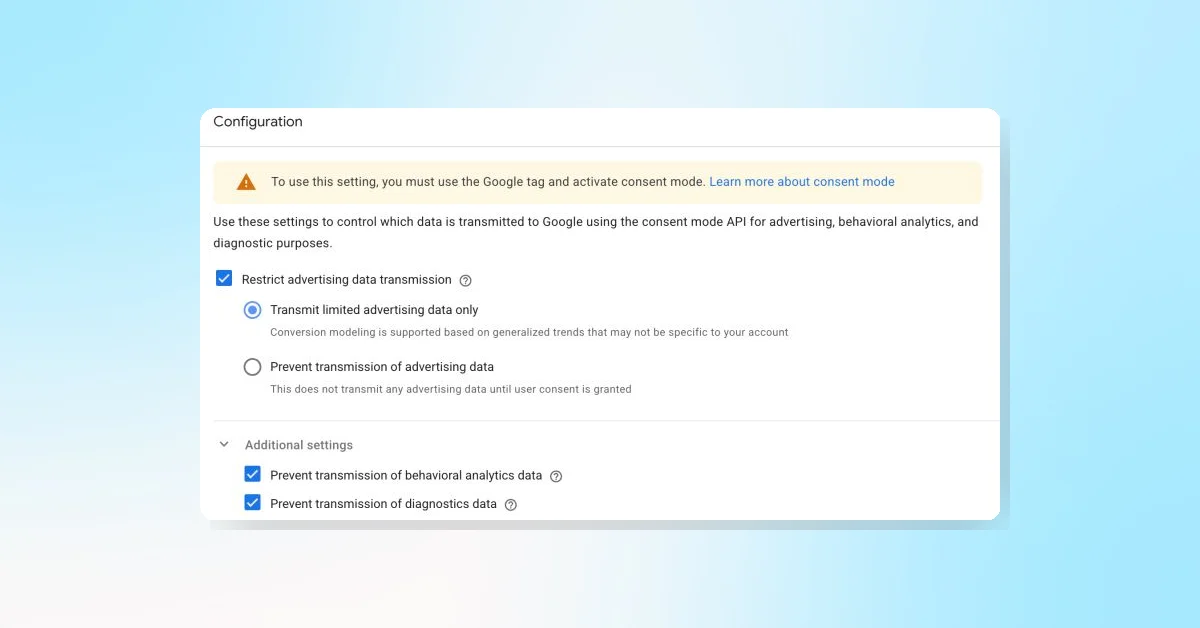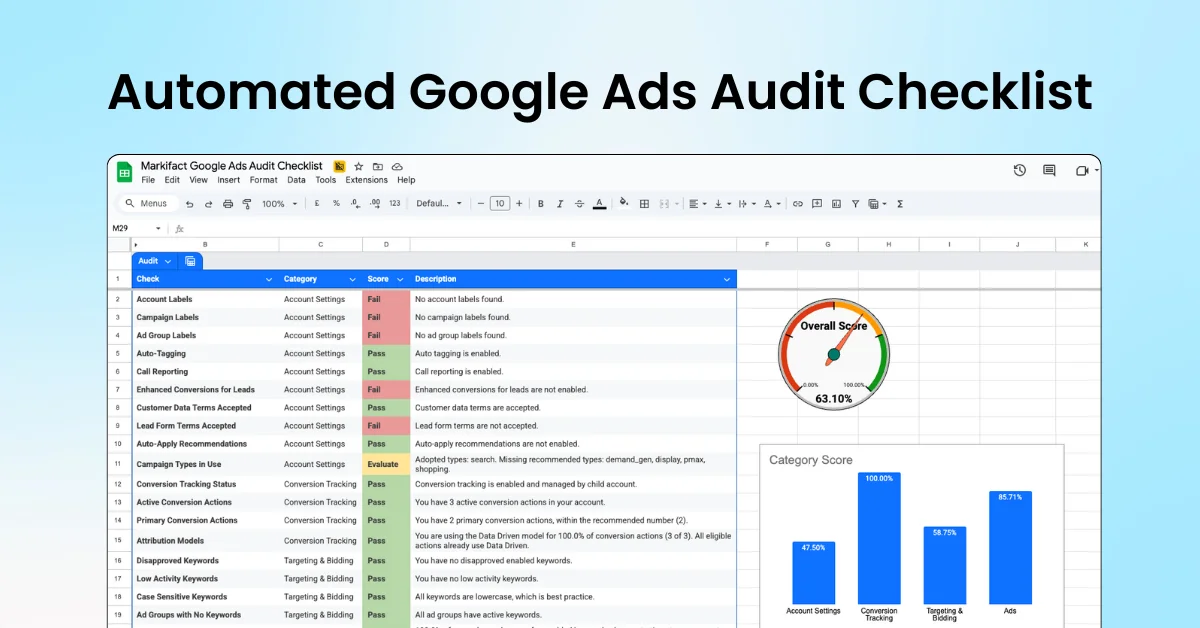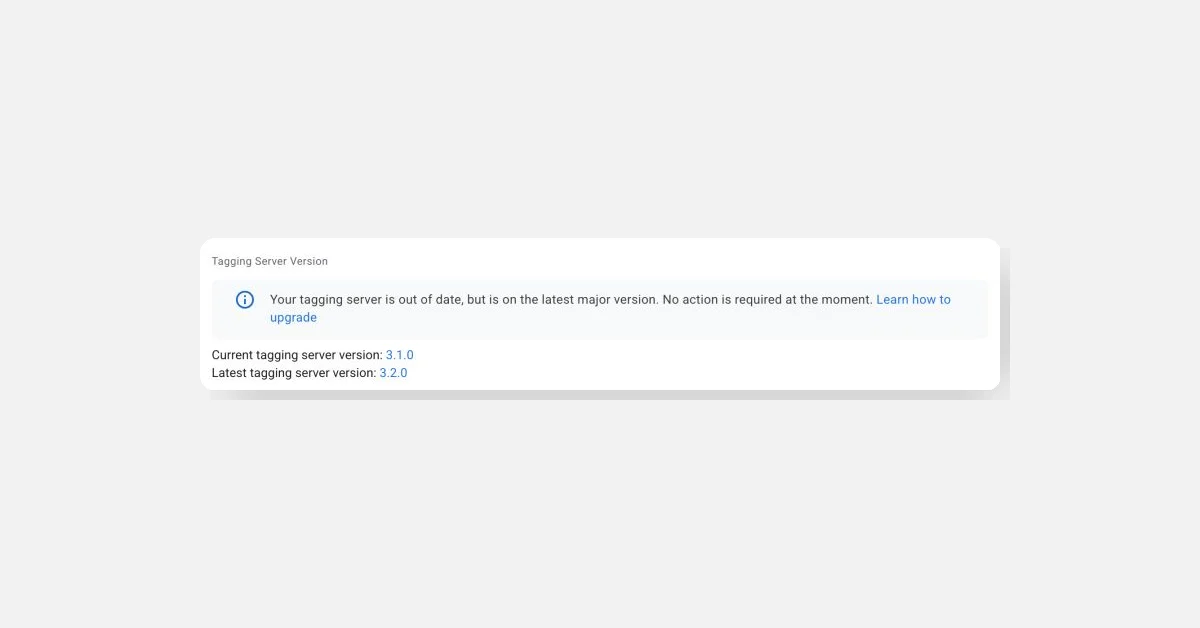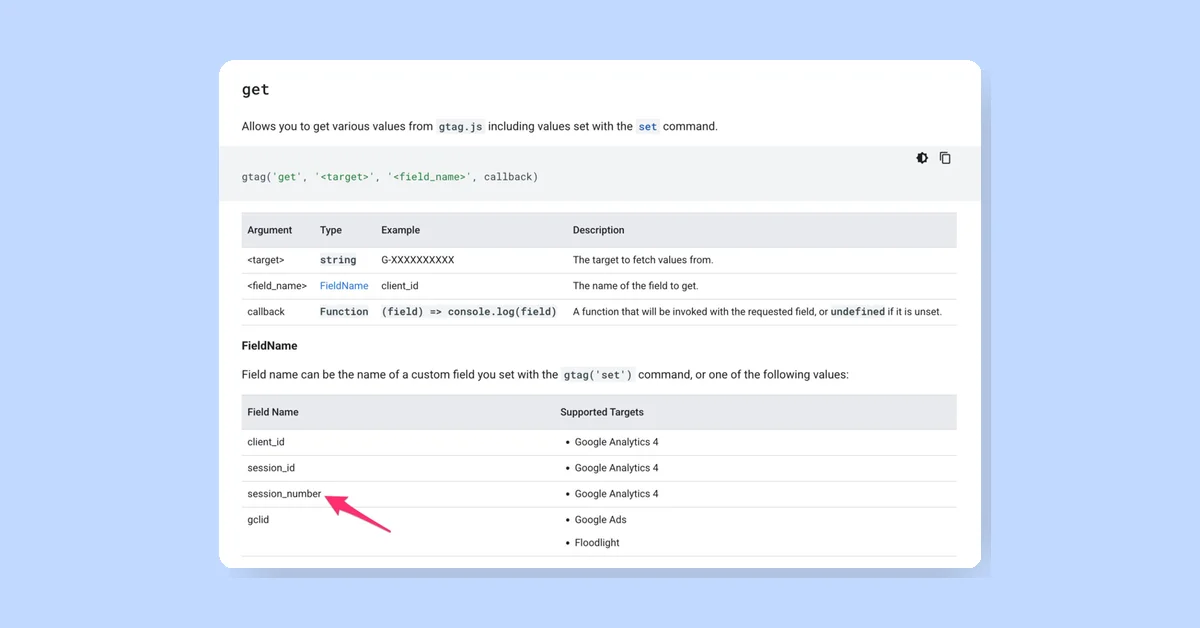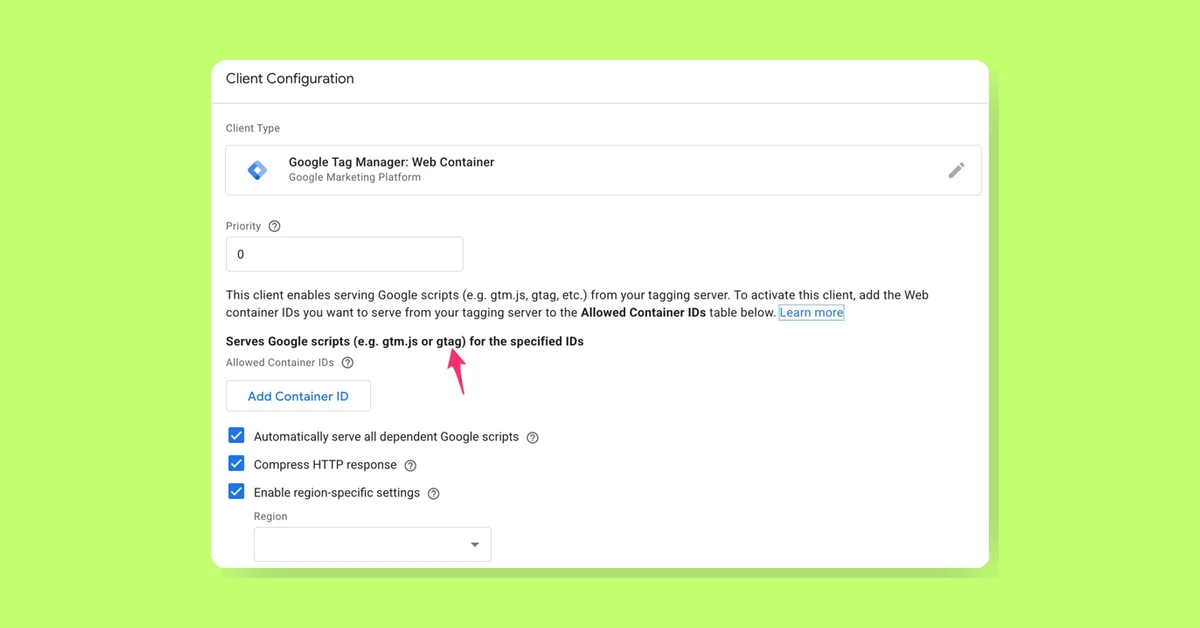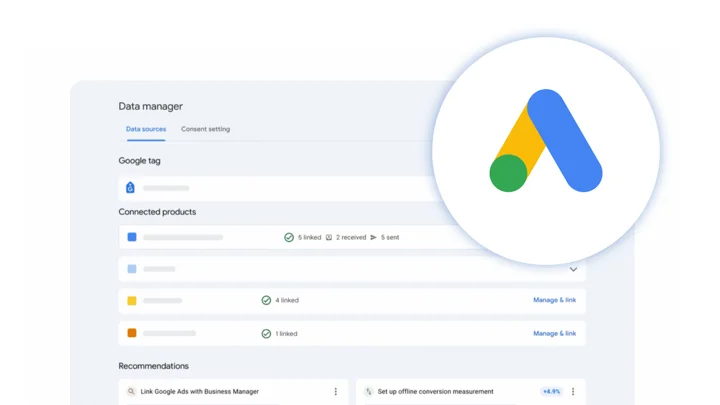Marketing Mix Modeling (MMM) is a statistical technique for understanding the sales contribution of each ad network and optimizing advertising spend.
Due to the unreliability of digital tracking post-iOS14, MMM has gained popularity for its privacy-friendly approach.
MMM in Google Spreadsheets Tutorial:
- Objective: Use a Google Sheets template to Predict future sales with different budget allocations.
- Method: Linear regression via Google Sheets’
LINESTfunction, estimating the incremental performance of each marketing channel without needing a data scientist.
Steps to Build a Marketing Mix Model:
Data Collection:
- For Tenjin customers: Export data using Tenjin’s Data Exporter.
- For others: Export daily spend and revenue data from ad platforms and analytics tools.
Data Preparation:
- Paste data into the RAW tab.
- Configure variables and add a constant term if needed.
Model Building:
- Choose variables and adjust carryover and saturation rates.
- Measure accuracy using MAPE and NRMSE.
- Evaluate plausibility with RSSD, significance, uncertainty, skew, and kurtosis.
Visualization and Action:
- Use charts on the MODEL page to visualize accuracy and contributions.
- Forecast future spending allocations using the PLAN tab.
Limitations:
- Simple linear regression assumes constant performance over time.
- Potential data insufficiency for a valid model.
- Risk of incorrect model leading to poor decisions.
MMM vs. MTA:
- MMM: Uses aggregate data to match sales spikes with marketing events.
- MTA: Requires user-level data for deterministic attribution.
Explore Bayesian MMM tutorials or automated MMM solutions on the Recast website for more advanced analysis.
